Home>Furniture & Design>Outdoor Furniture>What Are Good Outdoor Winter Plants
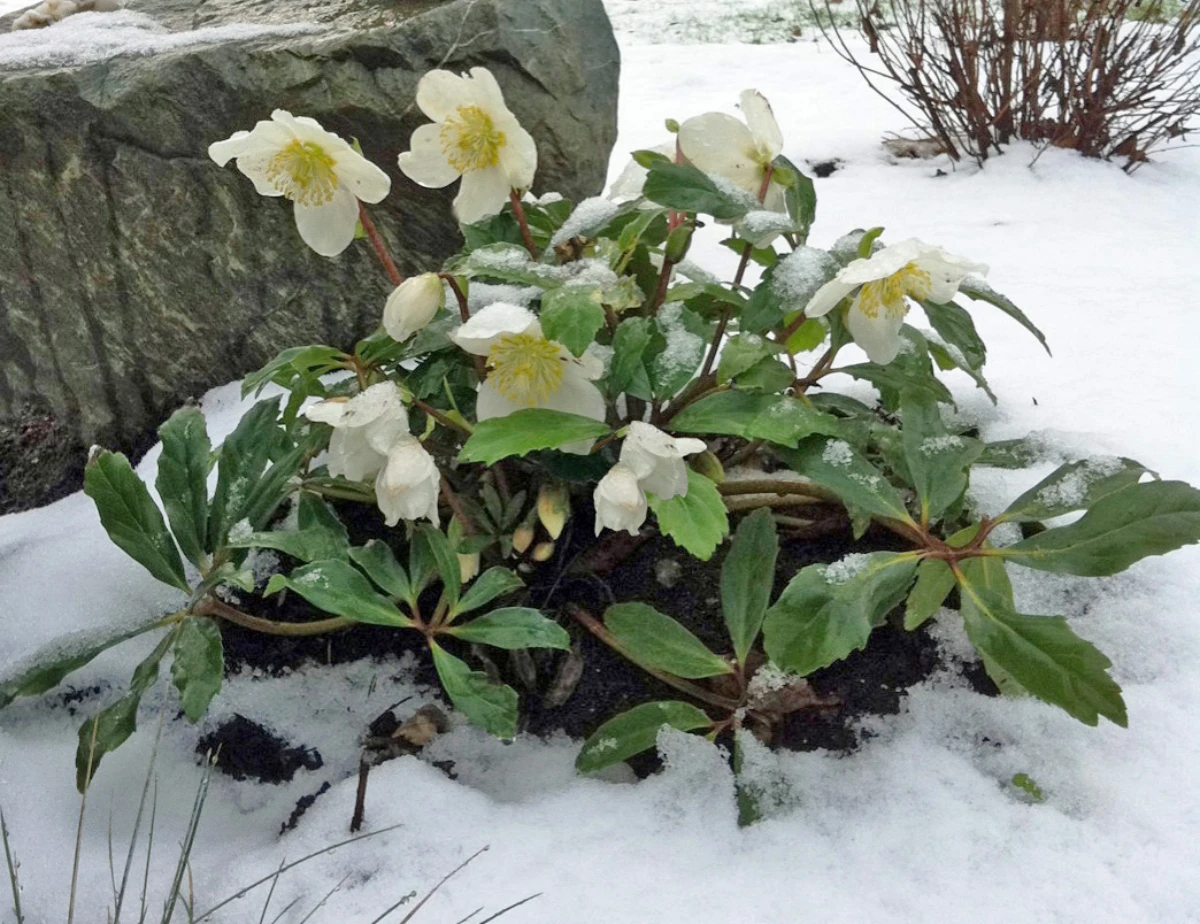

Outdoor Furniture
What Are Good Outdoor Winter Plants
Modified: August 17, 2024
Discover the best outdoor winter plants to enhance your garden and outdoor space. Find inspiration for your outdoor furniture and design with these beautiful and resilient plants.
(Many of the links in this article redirect to a specific reviewed product. Your purchase of these products through affiliate links helps to generate commission for Storables.com, at no extra cost. Learn more)
Introduction
When the winter season arrives, many outdoor spaces can appear barren and lifeless, devoid of the vibrant colors and lush foliage that characterize the warmer months. However, with the right selection of outdoor winter plants, it's possible to infuse these areas with beauty and vitality even during the colder months. Whether you're aiming to adorn your garden, patio, or balcony, choosing the appropriate plants for winter can significantly enhance the visual appeal of your outdoor space.
In this article, we will explore the various factors to consider when selecting outdoor winter plants, the different types of plants that thrive in colder temperatures, and essential tips for caring for these plants during the winter season. By the end, you'll have a comprehensive understanding of how to transform your outdoor area into a captivating winter wonderland using the power of carefully chosen flora. So, let's dive into the world of outdoor winter plants and discover how to create a stunning and inviting outdoor environment, even in the midst of winter's chill.
Key Takeaways:
- Choose outdoor winter plants based on your location, sunlight exposure, soil drainage, and wind protection to create a visually captivating and resilient garden even in the coldest months.
- Care for outdoor winter plants by watering, mulching, pruning, and protecting from frost to ensure their health and vitality throughout the winter season.
Read more: How To Care For Outdoor Plants In Winter
Factors to Consider When Choosing Outdoor Winter Plants
When selecting outdoor winter plants, several crucial factors should be taken into account to ensure their successful growth and resilience in colder conditions. Understanding these considerations will guide you in making informed choices and help you create a thriving outdoor winter garden. Here are the key factors to consider:
- Hardiness Zone: The hardiness zone of your location plays a pivotal role in determining which plants are suitable for your outdoor space. Different plants exhibit varying levels of cold tolerance, so it’s essential to choose species that are well-suited to the specific hardiness zone in which you reside.
- Winter Sunlight Exposure: Assess the amount of sunlight your outdoor area receives during the winter months. Some plants thrive in full sun, while others prefer partial or full shade. Understanding the sunlight patterns will help you select plants that can flourish in your outdoor space’s unique lighting conditions.
- Soil Drainage: Adequate soil drainage is critical for the health of outdoor winter plants. Excess moisture in the soil can lead to root rot and other issues, so it’s important to choose plants that are compatible with your soil type and drainage capabilities.
- Wind Protection: Consider the exposure of your outdoor space to winter winds. Some plants are more resilient to strong winds, while others may require sheltered areas to thrive. Assessing the wind patterns will assist you in selecting plants that can withstand the winter elements.
- Plant Size and Structure: Evaluate the available space in your outdoor area and choose plants that complement the size and structure of the space. Additionally, consider the growth habits of the plants to ensure they won’t overcrowd or overshadow other elements in the garden.
- Visual Appeal: Beyond their practical considerations, outdoor winter plants should contribute to the aesthetic appeal of your outdoor space. Select plants with diverse colors, textures, and forms to create a visually captivating winter garden.
By carefully considering these factors, you can make well-informed decisions when choosing outdoor winter plants, ultimately creating a resilient and visually stunning outdoor environment even during the coldest months of the year.
Types of Outdoor Winter Plants
When it comes to selecting outdoor winter plants, a diverse array of options exists to suit various climates and design preferences. From evergreen trees that maintain their foliage year-round to vibrant winter-blooming flowers, there are numerous plant types that thrive in colder temperatures and infuse outdoor spaces with beauty and vitality. Here are some popular types of outdoor winter plants to consider for your garden or outdoor area:
- Evergreen Trees and Shrubs: Evergreen plants, such as holly, boxwood, and juniper, provide year-round visual interest with their enduring foliage. These sturdy plants add structure and greenery to outdoor spaces, creating a sense of permanence and vitality even during the winter months.
- Winter-Blooming Flowers: Certain flowers, such as pansies, ornamental kale, and winter jasmine, bloom during the winter, adding bursts of color to the landscape. These resilient flowers thrive in cooler temperatures, offering a delightful contrast to the winter backdrop.
- Ornamental Grasses: Ornamental grasses, including varieties such as maiden grass and fountain grass, offer graceful movement and texture to outdoor spaces during the winter. Their delicate plumes and foliage sway gently in the wind, infusing the landscape with visual interest.
- Winter Berries: Plants such as winterberry holly and cotoneaster produce vibrant berries that persist throughout the winter, providing food for wildlife and adding striking pops of color to the outdoor environment.
- Winter-Friendly Succulents: Cold-hardy succulents, such as hens and chicks and sedum, are excellent choices for winter planters and rock gardens. These water-wise plants retain moisture in their fleshy leaves and thrive in cooler temperatures.
- Winter-Interest Trees: Trees with unique bark or branching patterns, such as river birch and coral bark maple, add visual intrigue to the winter landscape. Their distinctive features stand out against the winter backdrop, enhancing the overall appeal of the outdoor space.
By incorporating a combination of these outdoor winter plants into your garden or outdoor area, you can create a visually captivating and resilient landscape that flourishes even in the midst of winter's chill.
Consider planting winter-blooming flowers like pansies, hellebores, and winter jasmine for color in your outdoor garden. Also, evergreen plants like boxwood and holly can add greenery and interest to your winter landscape.
How to Care for Outdoor Winter Plants
Caring for outdoor winter plants is essential to ensure their health and vitality throughout the colder months. While these plants are resilient, they still require proper maintenance and attention to thrive in winter conditions. By following these essential care tips, you can support the well-being of your outdoor winter plants and enjoy a flourishing garden even when the temperatures drop:
- Watering: Although outdoor plants generally require less water during winter, it’s crucial to monitor soil moisture levels. Water plants deeply during dry periods, ensuring the soil is adequately hydrated. Be mindful of waterlogged soil, as excessive moisture can lead to root rot in many plant species.
- Applying Mulch: Mulching around the base of plants helps insulate the soil, regulate temperature, and retain moisture. Use a layer of organic mulch to protect the roots of outdoor winter plants from extreme temperature fluctuations and reduce weed growth.
- Pruning and Maintenance: Conduct light pruning and maintenance tasks to remove dead or damaged branches, promote air circulation, and shape the plants. Pruning encourages healthy growth and enhances the overall appearance of the garden during the winter months.
- Protecting from Frost: Shield sensitive plants from frost by covering them with frost cloth or burlap during particularly cold nights. This protective layer helps prevent frost damage and preserves the plants’ vitality.
- Fertilizing: Apply a slow-release or low-nitrogen fertilizer to outdoor winter plants in late fall to provide essential nutrients for sustained growth. Avoid fertilizing during the dormant winter period, as it may stimulate new growth that is susceptible to frost damage.
- Monitoring for Pests and Diseases: Regularly inspect outdoor plants for signs of pests and diseases, addressing any issues promptly. Winter conditions can create favorable environments for certain pests, so vigilance is crucial to maintain plant health.
- Winter Planters and Containers: If utilizing planters or containers, ensure they have proper drainage to prevent waterlogging. Position winter planters strategically to shield them from harsh winds and extreme weather conditions.
By implementing these care practices, you can provide optimal support for your outdoor winter plants, ensuring their endurance and vibrancy throughout the winter season. With attentive maintenance, your outdoor space will be adorned with flourishing plants that thrive in the midst of winter’s beauty.
Conclusion
Transforming your outdoor space into a captivating winter oasis is not only achievable but also incredibly rewarding. By carefully considering the factors that influence plant selection, exploring the diverse types of outdoor winter plants, and implementing essential care practices, you can create a resilient and visually stunning garden or outdoor area that flourishes even in the coldest months.
Understanding your hardiness zone, sunlight exposure, soil drainage, and other crucial factors empowers you to make informed decisions when choosing outdoor winter plants, ensuring their suitability for your specific outdoor environment. Whether you opt for evergreen trees and shrubs, winter-blooming flowers, or ornamental grasses, the diverse array of plant types offers endless possibilities for creating an enchanting winter landscape.
Furthermore, providing attentive care to your outdoor winter plants, including proper watering, mulching, pruning, and protection from frost, is paramount for maintaining their health and vitality throughout the winter season. By nurturing these resilient plants, you can enjoy a flourishing garden that adds vibrancy and charm to your outdoor space, even amidst the winter’s chill.
Ultimately, the art of selecting and caring for outdoor winter plants is a testament to the beauty and resilience of nature. Embracing the seasonal nuances and leveraging the unique characteristics of winter plants allows you to create an outdoor environment that captivates the senses and uplifts the spirit, even in the midst of winter’s embrace.
So, as the winter season unfolds, embark on the journey of curating a stunning outdoor winter garden, and revel in the splendor of nature’s enduring allure, manifested through the vibrant and resilient outdoor plants that grace your outdoor space.
Frequently Asked Questions about What Are Good Outdoor Winter Plants
Was this page helpful?
At Storables.com, we guarantee accurate and reliable information. Our content, validated by Expert Board Contributors, is crafted following stringent Editorial Policies. We're committed to providing you with well-researched, expert-backed insights for all your informational needs.
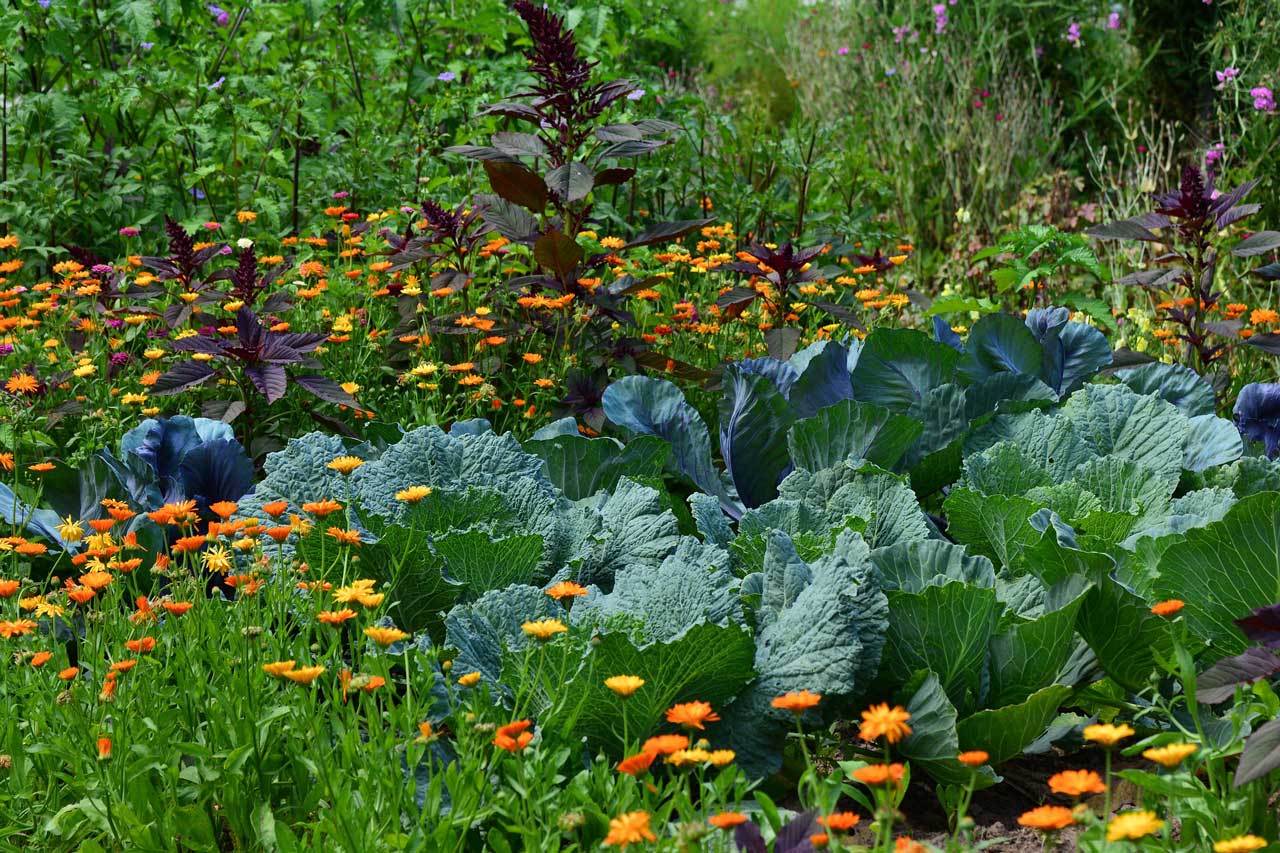
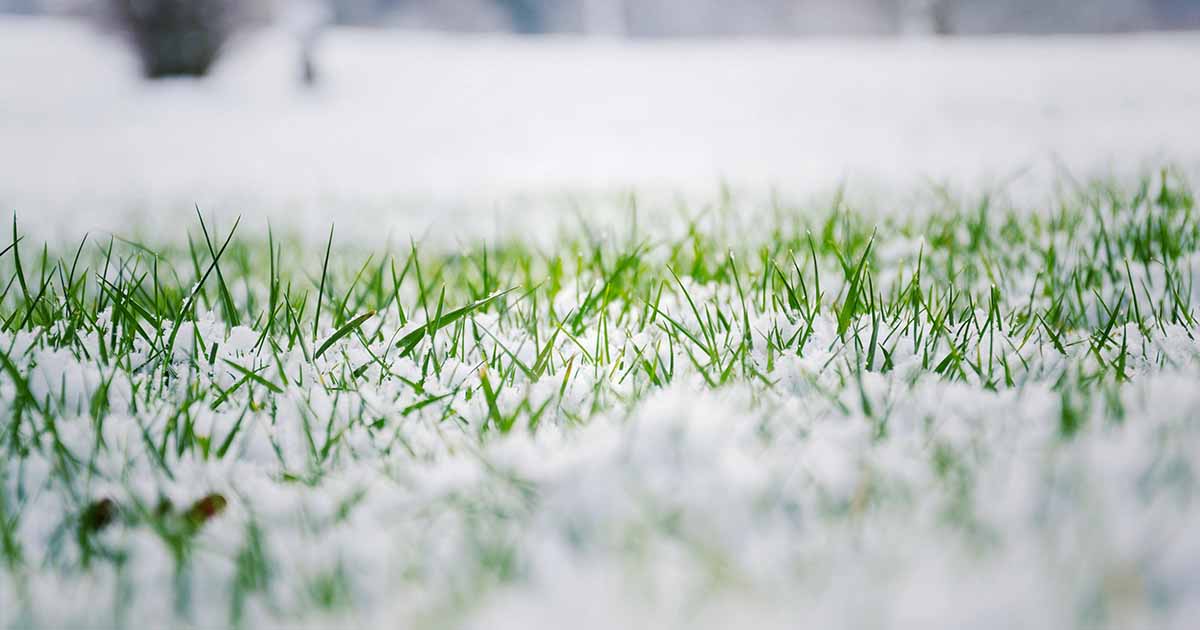
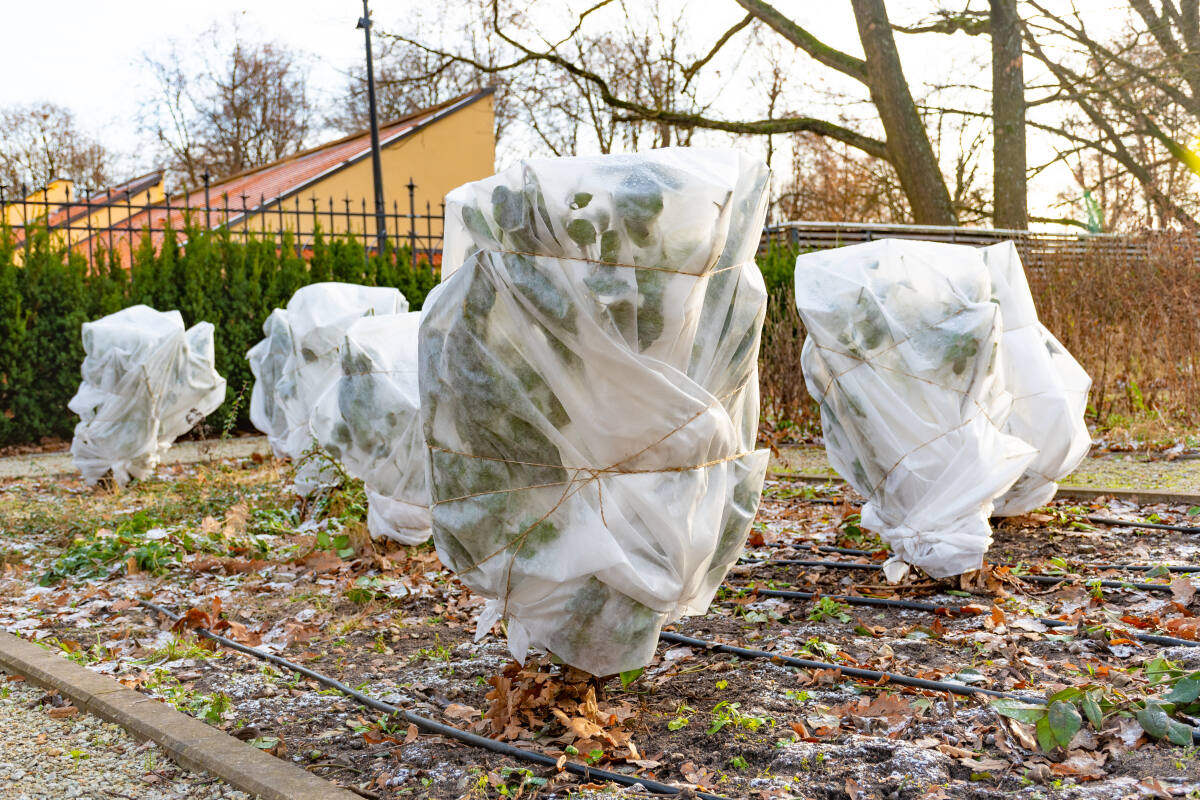
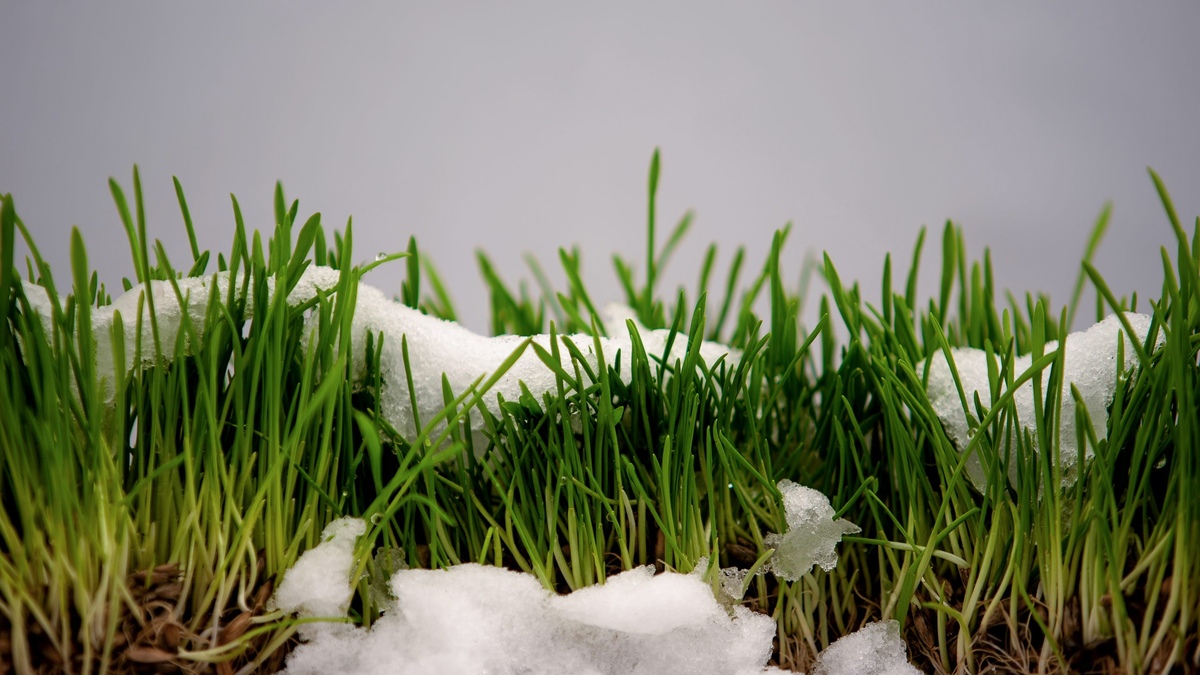
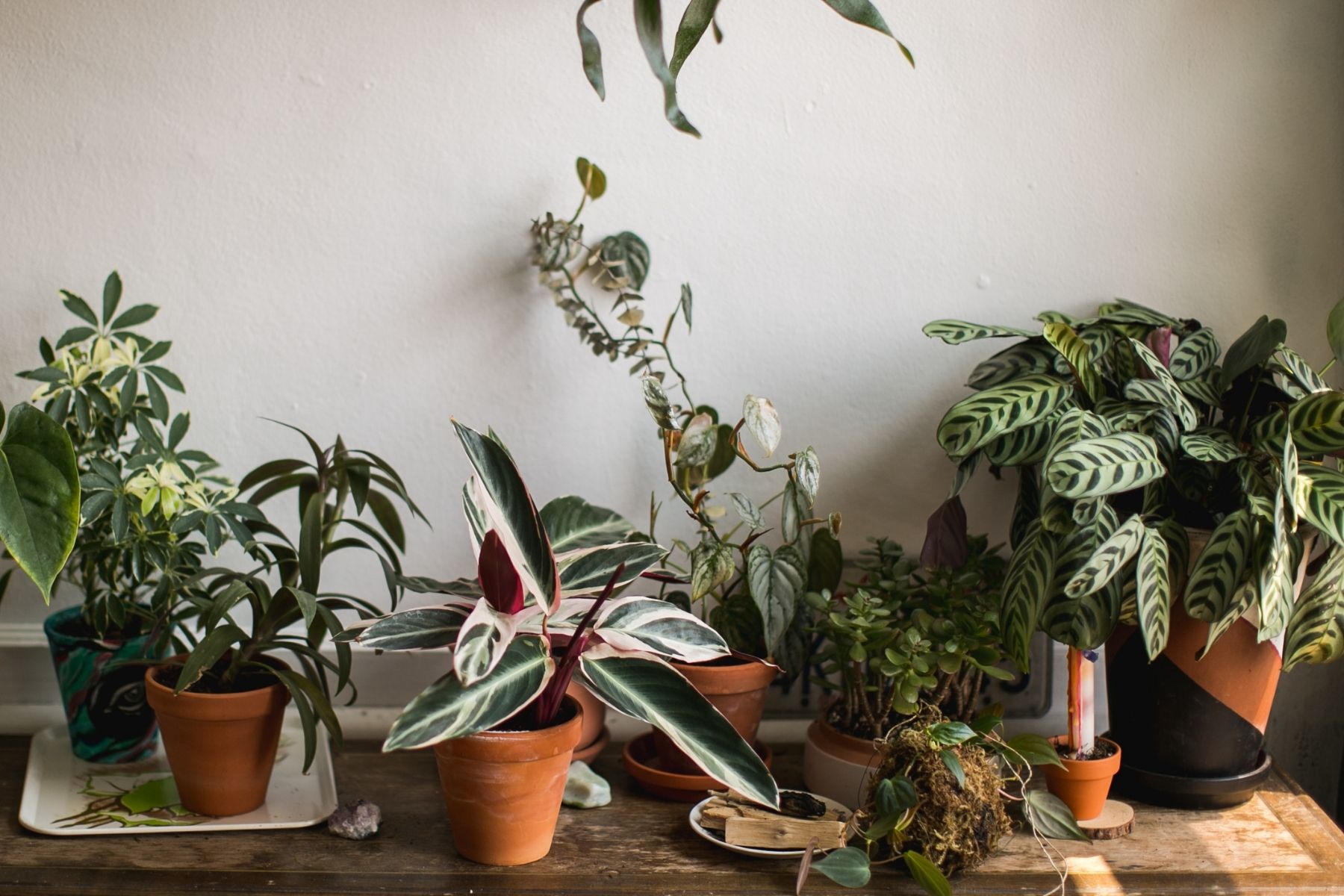

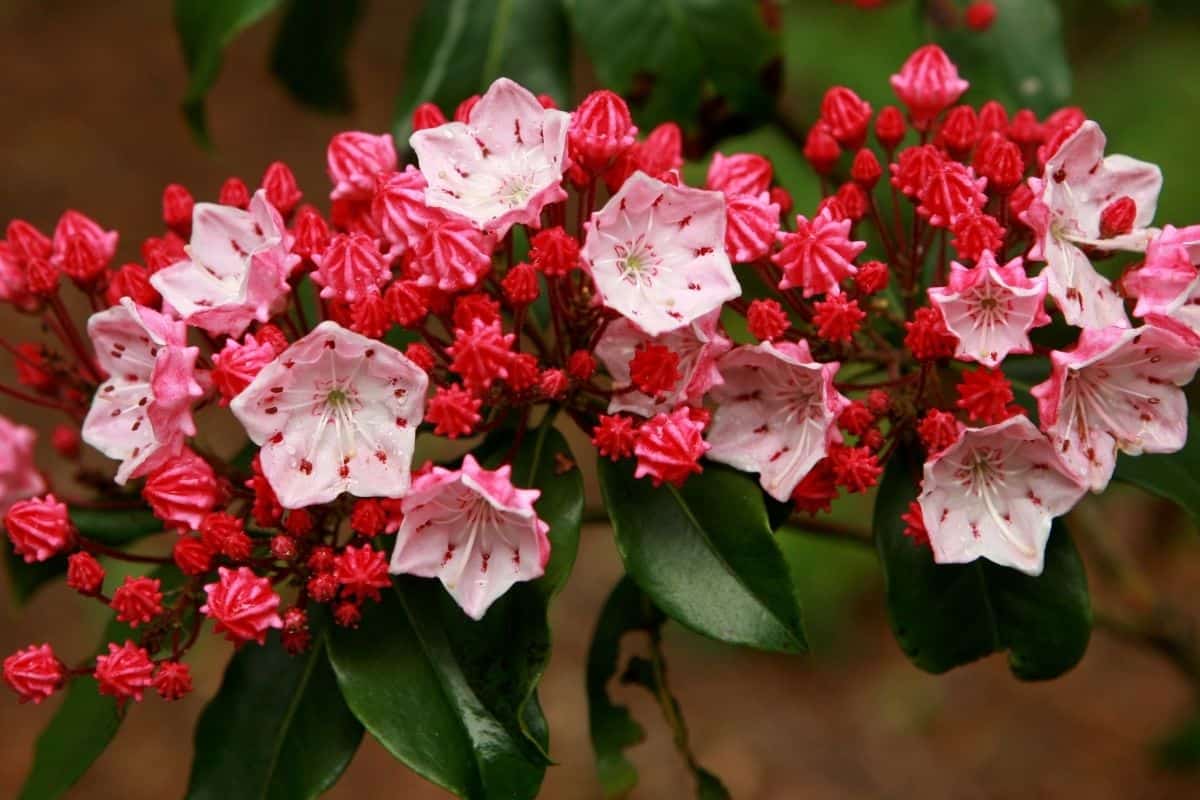
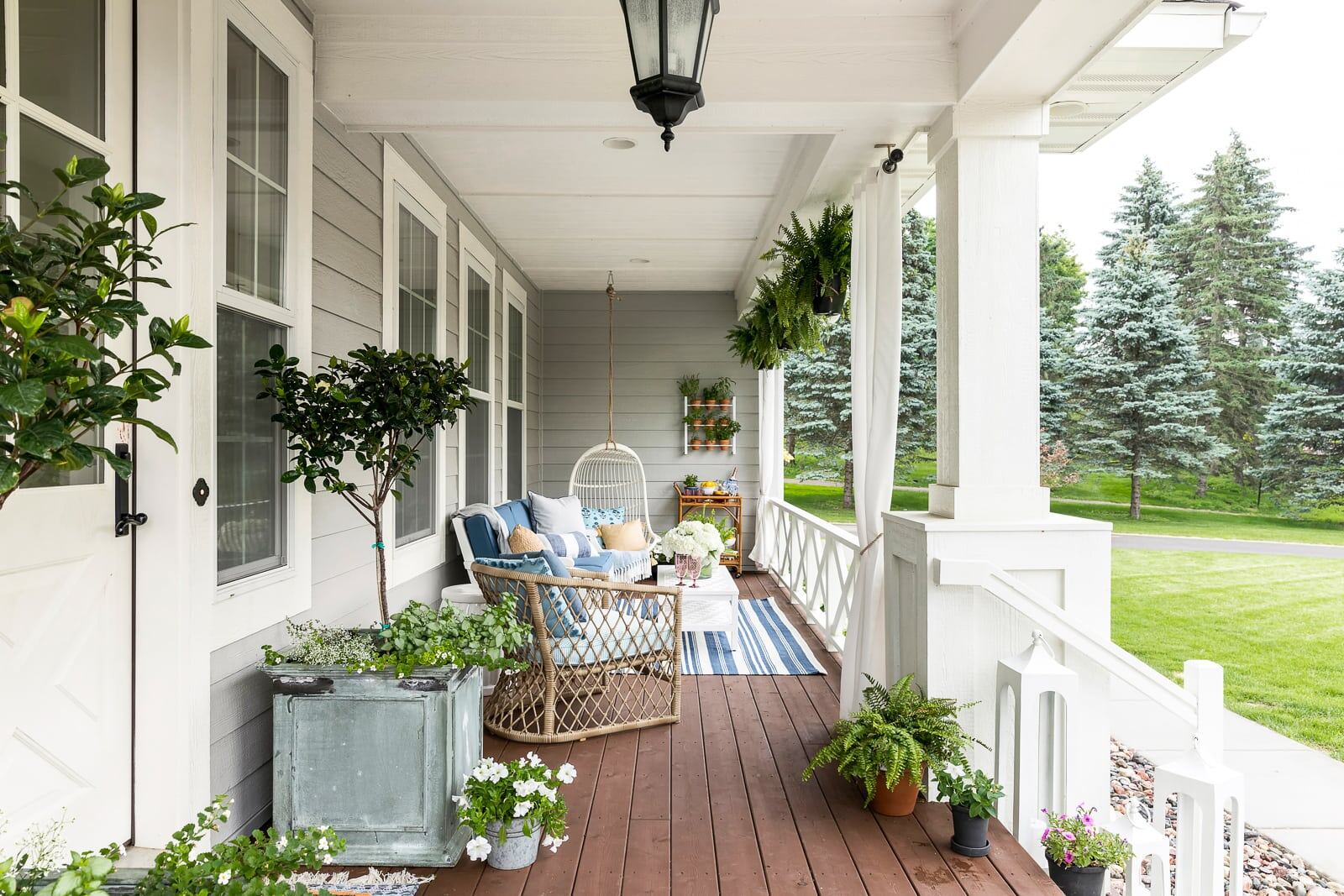

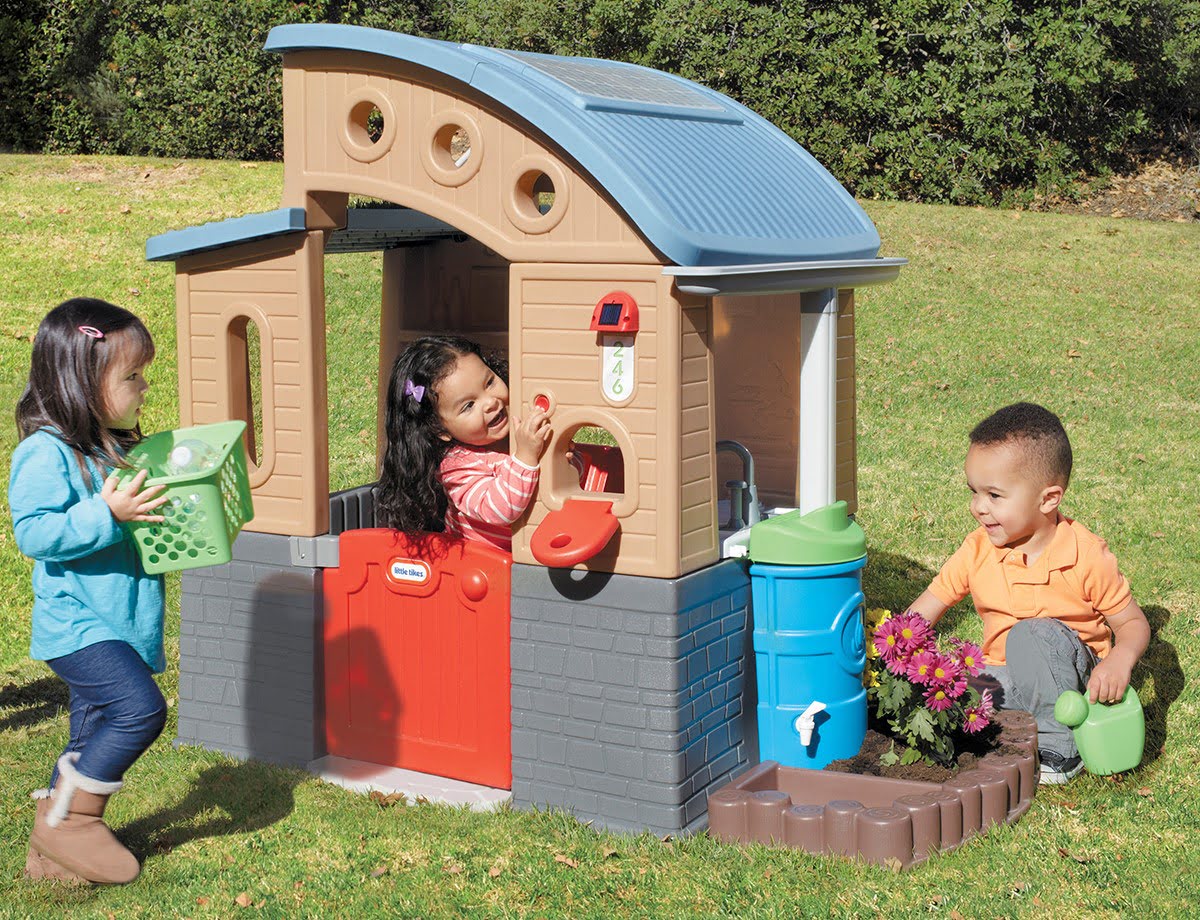

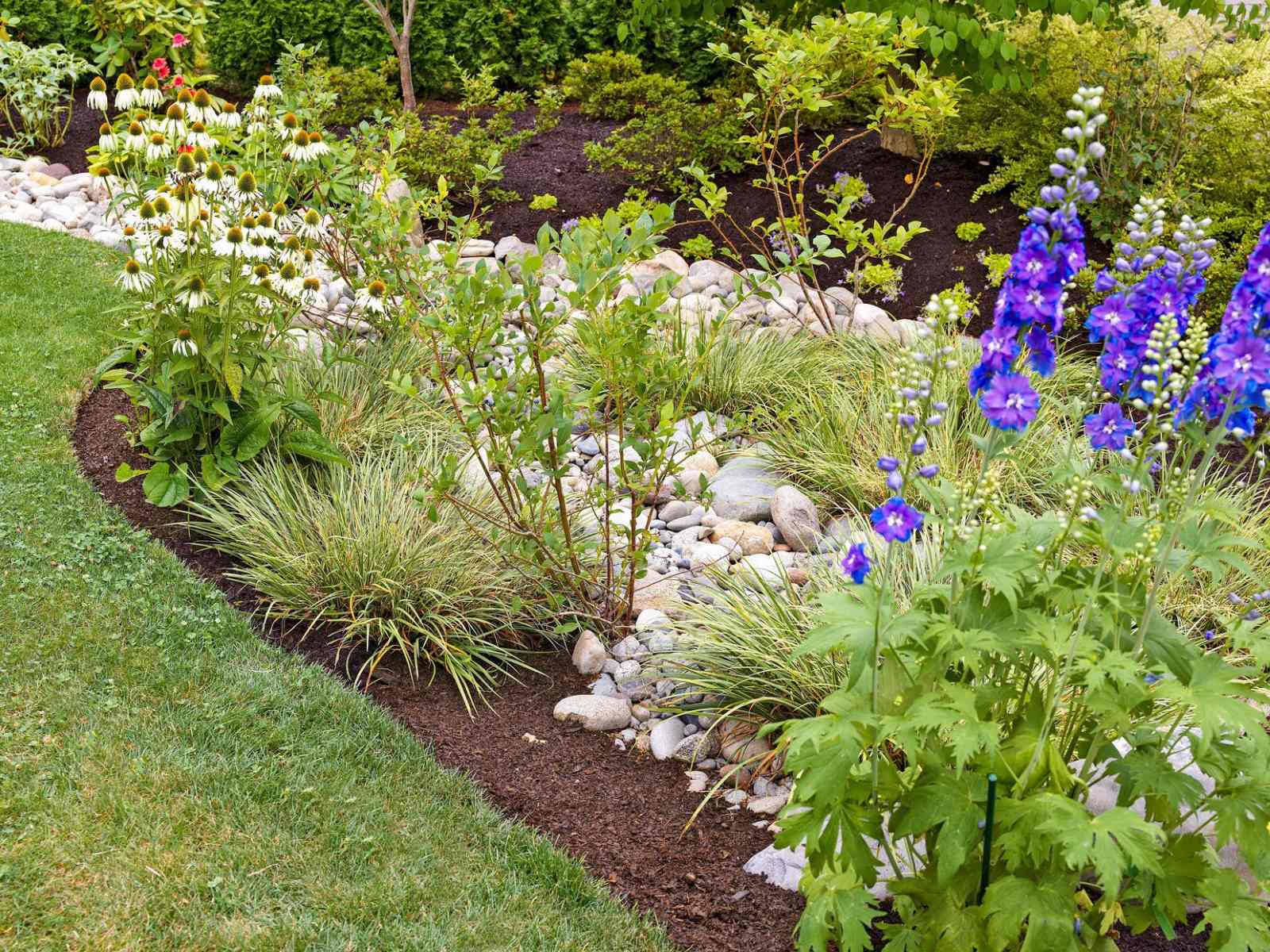

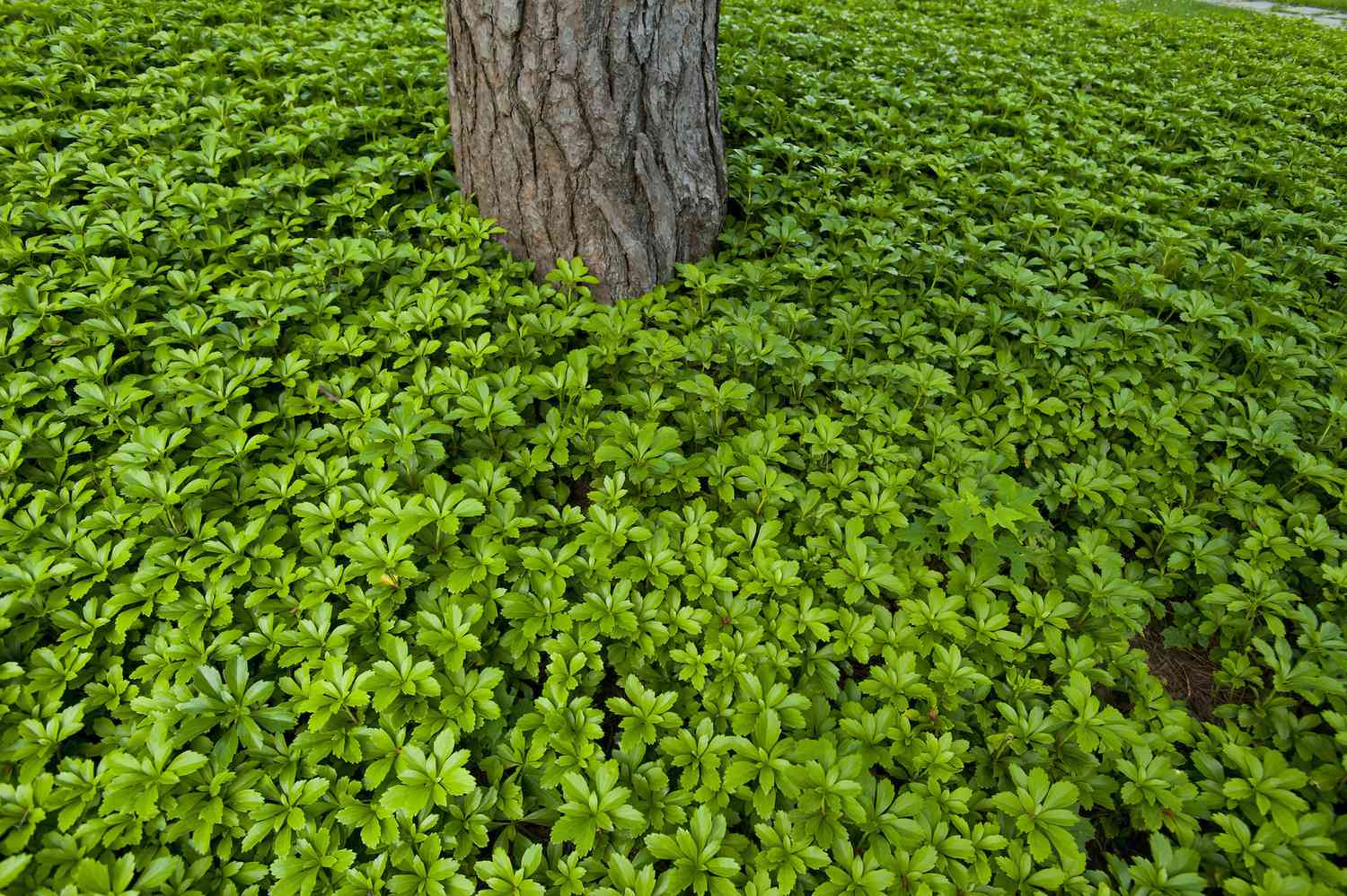


0 thoughts on “What Are Good Outdoor Winter Plants”